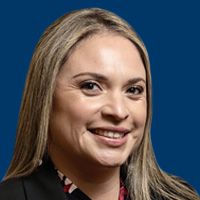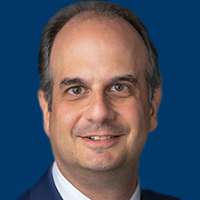Conclusion: Optimizing the Treatment of RCC
For High-Definition, Click
Renal cell carcinoma (RCC), compared with other solid tumors, has a varied natural history and a wide range in age of diagnosis, according to Daniel J. George, MD. Understanding risk stratification upfront is helpful for determining prognoses, as is early follow-up to assess therapy-related side effects. In general, George notes, with multidisciplinary care patients can do quite well for a long time.
Sumanta Kumar Pal, MD, notes that not every patient makes it to third and fourth-line therapy. Approximately 50% to 80% of patients will get onto second-line treatment; 25% to 30% will make it on to third-line therapy. It is critical to incorporate some of the newer agents through clinical trials, such as PD-1 inhibitors and MET inhibitors. Clinical trials remain essential, since more data are needed to better understand sequencing, third-line therapy, and beyond.
Brian Rini, MD, adds that it is important for physicians to develop a comfort level with an agent, and to ensure patients have adequate exposure to a drug. Optimizing treatment in RCC takes practice. Patients and physicians often give up on a drug too quickly, Nizar M. Tannir, MD, notes. Rather than switch therapies, the dosing schedules can be optimized and the adverse events can be managed.
In closing, moderator Robert Figlin, MD, emphasizes that there is only so much information that can come from prospective trials—the balance is learned through the art of medicine. There is a lot left to learn, and it takes experience to learn it.



